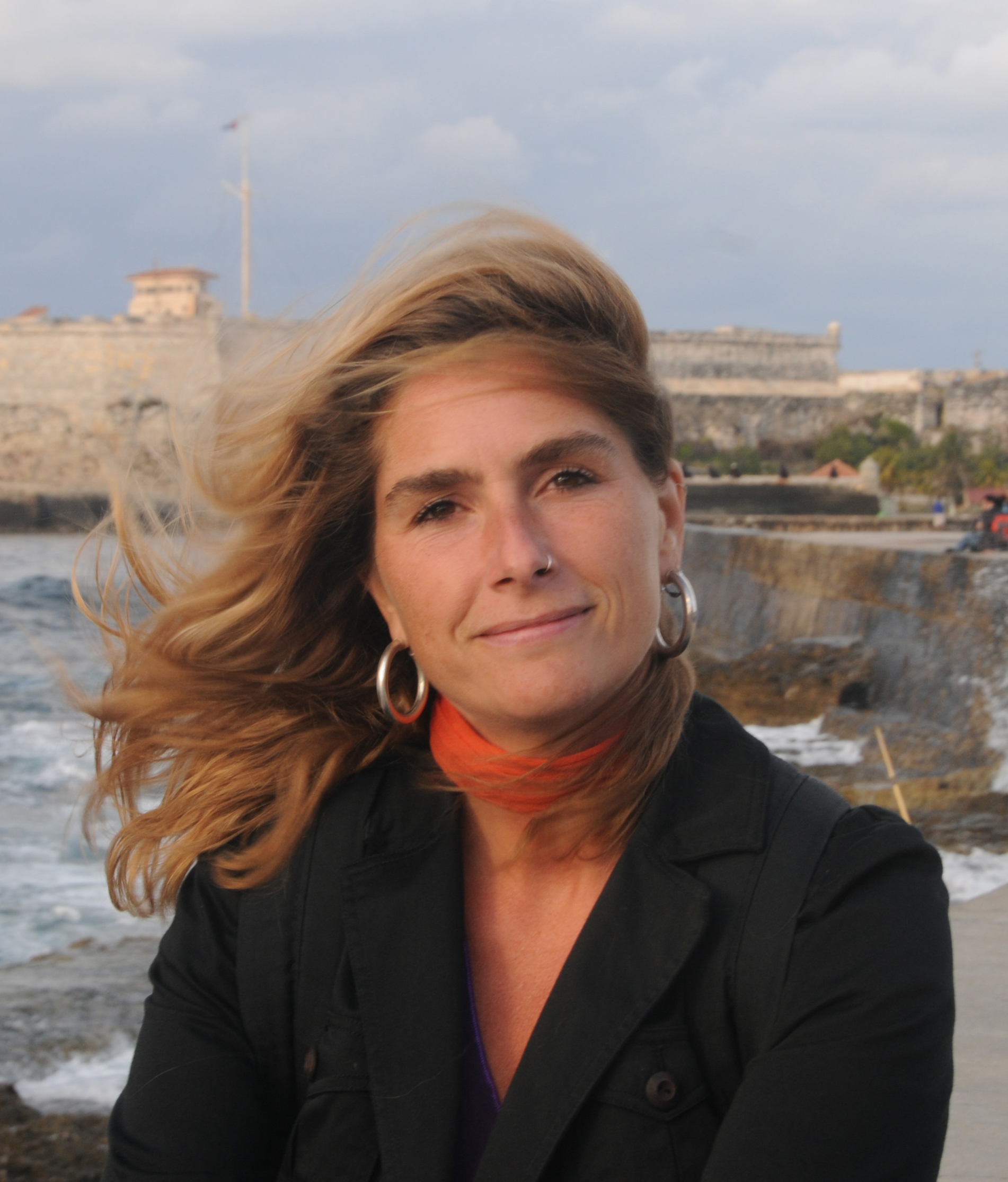Who are we?
We are Female Scholar–Activists working in Argentina, Australia, Belgium, Italy, Mexico, Spain, UK and USA. Our international network Women on the Verge was created in 2015 and intends to bring to light pioneering women’s theorising in the social sciences that is often absent in published critical theory scholarship.
Network Founder and Coordinator: Ana Cecilia Dinerstein a.c.dinerstein@bath.ac.uk
Our Project
Today, women are thinking and living on the verge of what is not yet possible. Women on the verge are vital parts of the formation of a new radical political subject that cannot be recognized with old analytical tools. This radical subject-in-the-making is plural, prefigurative, decolonial, ethical, ecological, communal and democratic. Many theorizations about struggles for life today are not sufficiently interrogating their “too” familiar concepts, methodologies and epistemologies and, as a result, they contribute to making this new subject of radical change invisible. In addition to the sciences’ obsession with facticity and policy, which takes them far away from recognizing and contributing to the prefiguration of new realities, there is another “obsession” that comes from critical theory itself: negative praxis. We find hope in neither negativity or positivity, but in critical affirmation of alternatives.


























